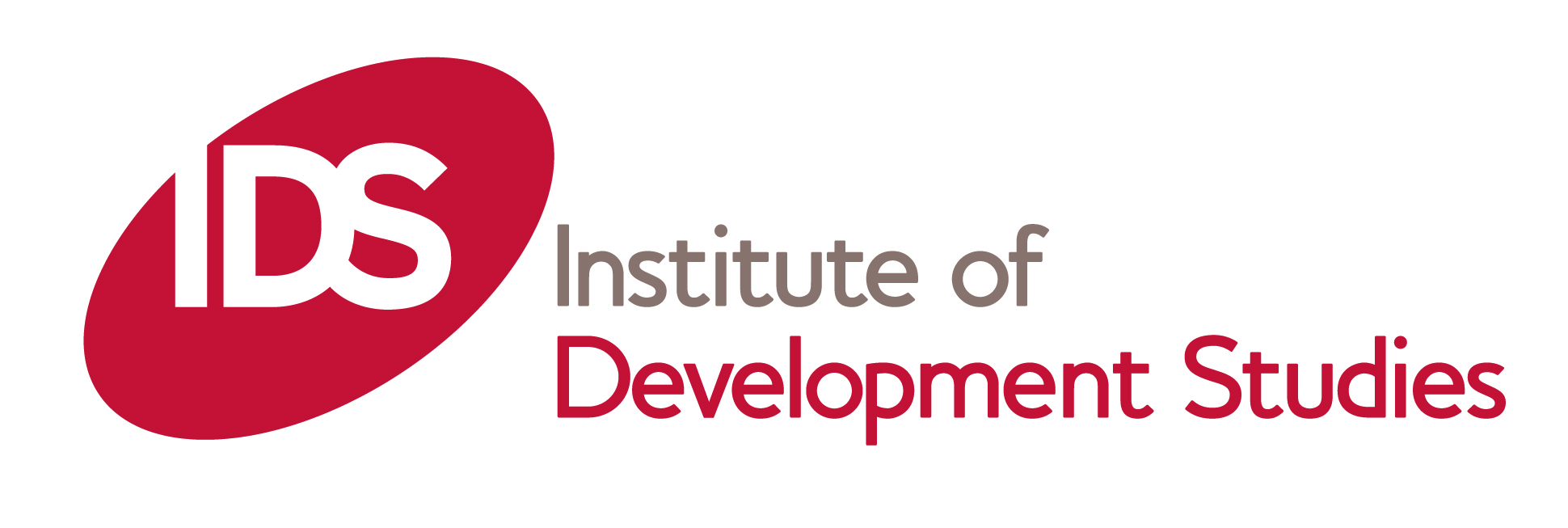Location
Eldis is an online information service providing free access to relevant, up-to-date and diverse research on international development issues. The database includes over 40,000 summaries and provides free links to full-text research and policy documents from over 8,000 publishers. Each document is selected by members of our editorial team.
To help you get the information you need we organise documents into collections according to key development themes and the country or regionthey relate to. You can browse these on the website or find out about our subscribe options to get updates in a format that suits you.
Who produces ELDIS?
Eldis is hosted by IDS but our service profiles work by a growing global network of research organisations and knowledge brokers including 3ie, IGIDR in India, Soul Beat Africa, and the Philippines Institute for Development Studies.
These partners help to ensure that Eldis can present a truly global picture of development research. We make a special effort to cover high quality research from smaller research producers, especially those from developing countries, alongside that of the larger, northern based, research organisations.
Who uses ELDIS?
Our website is predominantly used by development practitioners, decision makers and researchers. Over half a million users visit the site every year and more than 50% of our regular visitors are based in developing countries.
But Eldis is not just a website. All of our content is Open Licensed so that it can be re-used by anyone that needs it. Website managers, applications developers and Open Data enthusiasts can all re-use Eldis content to enhance their own services or develop new tools. See our Get the Data page for more information.
Members:
Resources
Displaying 1126 - 1130 of 1156Taking the bull by the horns: NGOs and pastoralists in coalition
Such is the vagary of rainfall throughout Africa's rangelands that almost all pastoral communities face cycles of good and hardship years. During good years herders increase and diversify their herds, whilst consecutive hardship years or `pastoral drought,' human and livestock disease, or livestock theft may result in large livestock losses and the consequent temporary collapse of household food production.
The Reform of Rural Land Markets in Latin America and the Caribbean: Research, Theory, and Policy Implications
Summarizes recent research (to 1991) on rural land markets in the Latin America and Caribbean (LAC) region and on the relationship between this research and broader land tenure issues. The purpose of the project that prompted this paper was to carry out cross-country and longitudinal research on land tenure issues in the LAC region so as to provide an instructive and informative analysis of how tenure patterns affect economic, rural development, and environmental issues.
Sustainable rural livelihoods: practical concepts for the 21st century
Working on the premise that in the 21st century there may be two or three times the human population than at the time of writing, this paper explores the concept of sustainable livelihoods. The analysis points to priorities for policy and research, including pricing and taxing policies for the rich that would reduce environmental demand, and further research into small farming systems, local economies and factors influencing migration.
Findings:
Comments on PDN papers 29a (Abel and Blaikie 1990) and 28b (Scoones 1989)
This document contains a collection of critical comments by experts working in the field of pastoralism with regard to several PDN papers.
Comments on papers 29b (De Leeuw and Tothill 1990) and 28b (Scoones 1989)
In their recent paper, de Leeuw and Tothill (1990) discussed the shortcomings of estimating carrying capacity (CC) of pastoral systems in Africa. They noted the difficulty of determining available forage per animal due to high annual and spatial variability in plant production, seasonal changes in forage quantity and quality, livestock species mix, and the use of supplemental feeds.



